DIY Time Capsule: Historical Crafts for Kids
Have you ever wondered how future generations will view our lives today? A DIY time capsule is a fantastic way to capture the essence of the present and preserve it for the future. This article explores engaging projects that encourage kids to connect with history through crafts, all while having a blast! Imagine the thrill of digging up a box filled with memories, artifacts, and personal treasures years from now. It’s like a treasure hunt, but for the heart and mind!
Creating a time capsule is not just about stuffing random items into a box. It’s a journey of reflection, creativity, and learning. Kids can dive into their own personal histories and the broader context of their community. By crafting their own historical artifacts, they become storytellers, sharing their experiences and thoughts with future generations. So, roll up your sleeves and get ready to embark on this exciting adventure!
Time capsules are more than just containers; they are a bridge between generations. They hold the stories, thoughts, and artifacts of a particular time, waiting to be discovered by those in the future. The concept of a time capsule dates back centuries, with some of the earliest examples being buried by civilizations like the Egyptians and Romans. These capsules serve as a snapshot of life, preserving memories that might otherwise fade away.
Why is it important to preserve these memories? Think of it as a conversation across time. When kids create their time capsules, they learn about their own history while also engaging with the past. They can reflect on how their lives fit into the bigger picture of society, culture, and history. It's a powerful way to foster a sense of identity and belonging, and it makes learning about history fun and interactive.
Before diving into the fun of creating a time capsule, gathering the right materials is essential. Here’s a quick list of common items and tools you might need:
- A durable container (more on this later!)
- Art supplies (markers, colored paper, stickers)
- Printed photos or drawings
- Letters or notes
- Small toys or trinkets
- Newspapers or magazine clippings
Having everything on hand will ensure that the creative process flows smoothly. Plus, it’s a great opportunity to involve kids in the planning stage, making them feel more invested in the project!
Now, let’s talk about selecting an appropriate container for your time capsule. The right choice is crucial for protecting the contents. Traditional metal boxes are a popular option because they are sturdy and can withstand the test of time. However, you can also get creative! Consider using:
- A glass jar for a clear view of the contents
- A wooden box for a rustic touch
- A plastic container for lightweight and waterproof options
Each choice has its own charm and can inspire kids to think outside the box—literally!
When choosing a container, think about durability and weather resistance. After all, you want your time capsule to stand the test of time. Materials like stainless steel, thick plastic, or treated wood can withstand the elements. If you plan to bury your capsule, be sure it’s waterproof to protect against moisture. This consideration is vital to ensure that the treasures inside remain safe and sound for years to come.
Choosing the right size is also crucial. If your container is too small, you might find yourself leaving out important items. Conversely, a container that’s too large can be overwhelming. Aim for something that’s manageable yet spacious enough to hold all those precious memories. Accessibility matters too—if it’s too difficult to open, it might not get used in the future!
Engaging kids in creating their own historical artifacts is one of the most rewarding parts of making a time capsule. Think about what represents their personal history or community. Here are a few ideas to get those creative juices flowing:
- Handwritten letters detailing their favorite memories
- Drawings or paintings that capture their current interests
- Items that represent local culture, like a small souvenir from a community event
These artifacts will serve as a window into their lives, allowing future discoverers to understand who they were and what mattered to them.
One of the most impactful components of a time capsule is the letters kids write to their future selves. This personal touch adds depth to the capsule and encourages reflection. Ask them to think about their hopes, dreams, and what they want to remember about their current life. It’s a chance for them to express their thoughts and feelings, making it a meaningful experience.
Incorporating current events into these letters can help children understand their place in history. Encourage them to write about significant happenings in the world around them—what news stories have made an impact? How do they feel about the changes in society? This reflection can be a powerful tool for understanding their own lives in the context of history.
Finally, deciding when to open the time capsule is an exciting part of the process. It’s like setting a date with the future! Choose a significant date—perhaps a milestone birthday, an anniversary, or even a specific year in the future. This anticipation will spark curiosity and excitement, making the experience even more memorable.
Q: How long should I wait to open the time capsule?
A: It depends on what feels right for you! Many people choose to wait 5, 10, or even 20 years to really see how much has changed.
Q: Can I include digital items in a time capsule?
A: Absolutely! You can include USB drives with photos, videos, or even a digital letter. Just make sure to include instructions on how to access them in the future!
Q: What if I want to add more items later?
A: You can always create a second time capsule! Just make sure to note the date on each one so future generations know when they were created.
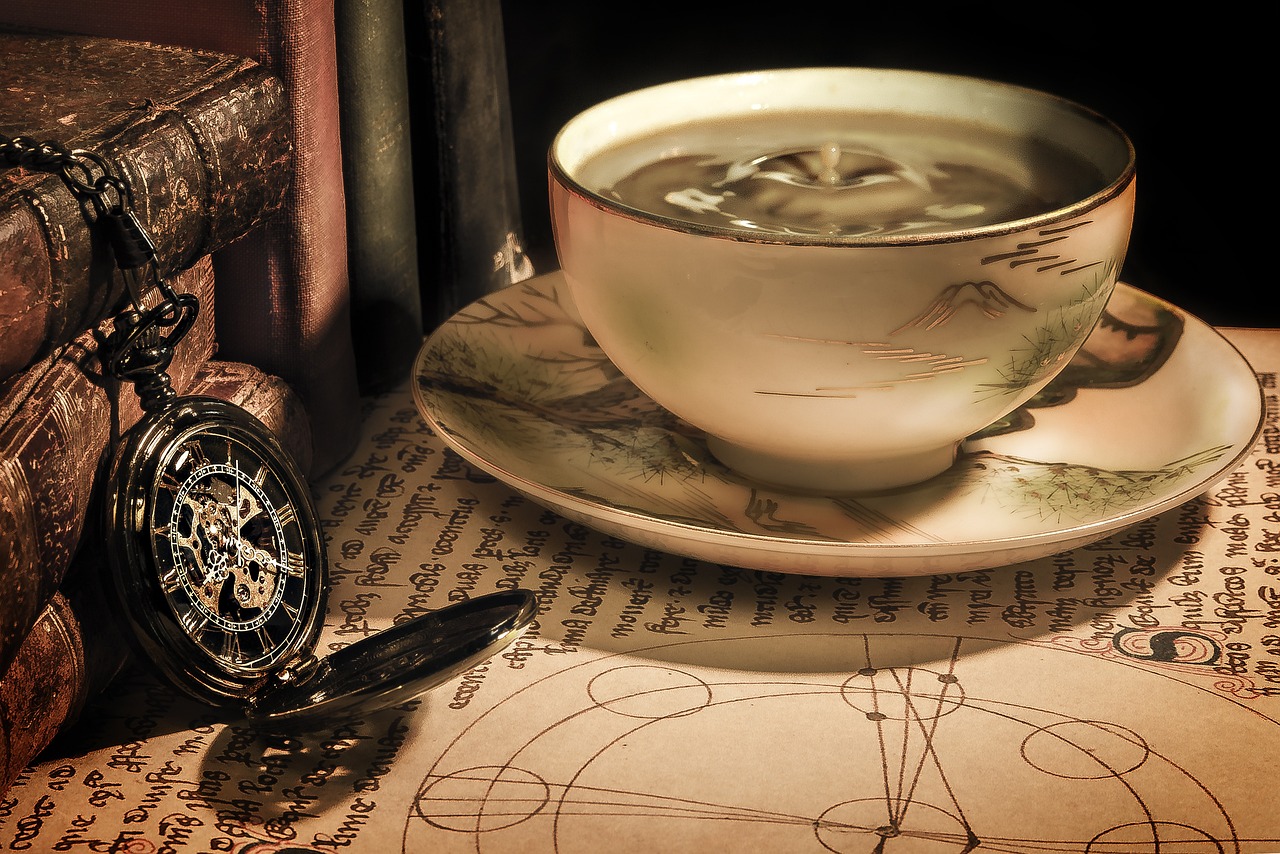
Understanding Time Capsules
Time capsules are like little treasure chests of history, waiting to be discovered by future generations. Imagine burying a box filled with memories, artifacts, and messages from the present, only to have someone in the future unearth it and get a glimpse into our lives. This fascinating concept serves as a bridge between generations, allowing us to connect with those who will come after us. But what exactly is a time capsule, and why is it so significant?
At its core, a time capsule is a container that holds items meant to be preserved for a specific period, often buried underground or sealed away in a safe place. The goal is to capture a snapshot of life at a particular moment in time. Think of it as a message in a bottle, but instead of drifting on the ocean, it’s buried in the earth, waiting for someone to find it. Historically, time capsules have been used for various purposes, from commemorating significant events to celebrating milestones in a community's history.
One of the most important aspects of time capsules is their historical significance. They serve as a tangible link to the past, preserving memories and artifacts that reflect the culture, beliefs, and daily lives of people from different eras. By creating a time capsule, children can learn about their own history and the history of their community. They can explore questions like:
- What was life like when my grandparents were kids?
- What events shaped our community over the years?
- How have technology and culture changed since I was born?
Preserving these memories is not just about keeping physical objects; it’s about telling stories. Each item placed in a time capsule has its own narrative, contributing to a larger tapestry of history. Whether it’s a newspaper clipping, a favorite toy, or a letter from a loved one, these artifacts can evoke emotions and spark curiosity in future generations.
Moreover, time capsules encourage children to think critically about their place in history. By engaging in this creative project, they can reflect on their experiences and the world around them. It’s an opportunity for them to ask questions, share their thoughts, and explore their identities. In a way, creating a time capsule is like planting a seed of curiosity that will grow in the minds of those who unearth it in the future.
In conclusion, understanding time capsules is about recognizing their power to connect us across time and space. They are not just containers of objects but vessels of memory, culture, and history. By involving kids in this exciting project, we help them appreciate the past while also inspiring them to think about the future. So, let’s get creative and start crafting our own time capsules!
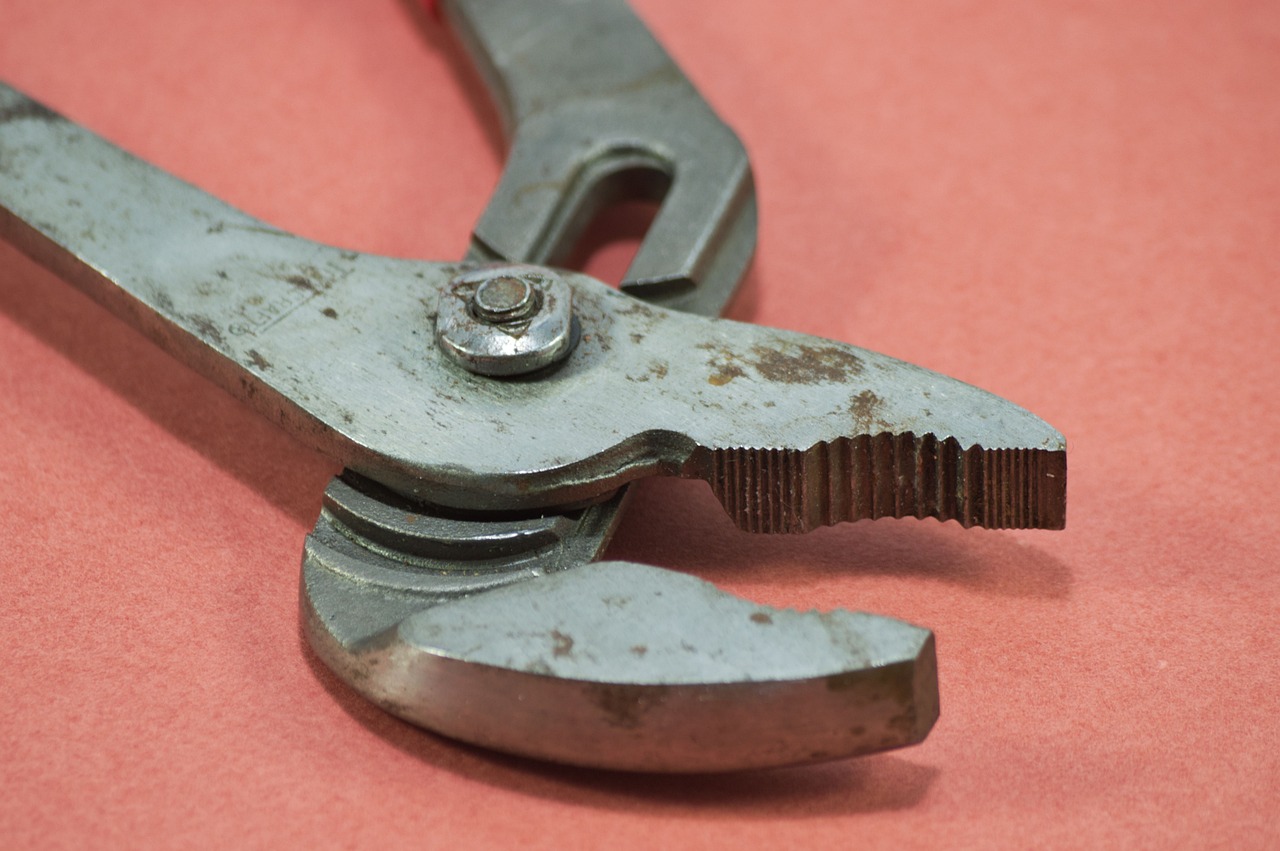
Materials Needed
When embarking on a DIY time capsule project, gathering the right materials is crucial to ensure that the experience is not only fun but also educational. Think of it like preparing for a grand adventure; you wouldn’t set off without your trusty gear, right? The same goes for crafting a time capsule! Here’s a breakdown of the essential items you’ll need to kickstart this exciting journey with your kids.
First and foremost, you’ll need a container to house all the treasures you plan to collect. This could be anything from a sturdy metal box to a decorative wooden chest. The choice of container sets the tone for the entire project, so let your kids get creative! They might even want to decorate it with paint or stickers to make it uniquely theirs.
Next, consider the artifacts you want to include. These could range from personal items like photographs and drawings to meaningful community artifacts such as local newspapers or event flyers. Encourage your kids to think about what represents their lives and the world around them. This is where their creativity can shine! For instance, they might want to create a mini scrapbook or a collage that showcases their favorite memories.
To make the project even more engaging, gather some craft supplies to help kids create their own historical artifacts. Items like colored paper, markers, glue, and scissors can be invaluable for crafting personalized items. You might also want to include some writing materials, such as journals or stationery, for those all-important letters to the future.
Here’s a quick overview of the materials you might need:
- Container: Metal box, wooden chest, or a plastic bin
- Artifacts: Photos, drawings, local newspapers
- Craft Supplies: Colored paper, markers, glue, scissors
- Writing Materials: Journals, stationery
Lastly, don’t forget to include some preservation materials. Items such as plastic bags or archival boxes can help protect your treasures from the elements. This is especially important if you plan to bury the capsule or store it in a location where it may be exposed to moisture or pests. Think of these materials as the protective gear that ensures your time capsule stands the test of time!
In conclusion, the materials you gather for your DIY time capsule project will play a significant role in making the experience memorable and educational. Encourage your kids to think critically about what they want to include and how they can express their thoughts creatively. By doing so, you’re not just creating a time capsule; you’re crafting a bridge between the past and the future, allowing your children to connect with history in a personal way.

Choosing the Right Container
When it comes to creating a DIY time capsule, is one of the most important decisions you'll make. Think of the container as the protective shell of a treasure; it needs to be sturdy enough to guard your precious memories from the ravages of time and the elements. You wouldn't want your carefully crafted artifacts and heartfelt letters to be damaged by moisture or pests, right? So, let's dive into the various options available and what makes each unique.
First off, traditional metal boxes are a classic choice. They offer excellent durability and can withstand the test of time. Imagine a shiny, robust metal box that could easily be mistaken for a pirate's treasure chest! However, if you're looking for something a bit more creative, consider using a plastic container with a secure lid. These are lightweight and often come with seals that can keep moisture at bay. Just picture a colorful, decorated plastic box that kids can personalize with stickers and drawings!
If you're feeling adventurous, you might want to explore alternative containers like a wooden crate or even a glass jar. Wooden crates add a rustic charm and can be painted or engraved to reflect personal stories. On the other hand, glass jars allow for a clear view of the contents, which can be quite enticing. Just imagine the excitement of peering through the glass to see the treasures inside! However, keep in mind that glass can break easily, so it's essential to place it in a safe location.
Another key factor to consider is the size of your chosen container. You want to ensure that it’s spacious enough to hold all the items you plan to include, but not so large that it becomes cumbersome. A good rule of thumb is to gather all your items first and then select a container that comfortably fits everything without cramming. This way, you can avoid the frustration of trying to squeeze in that last-minute drawing or keepsake.
Finally, think about accessibility. You want your time capsule to be easily opened when the time comes to unveil it. Consider a container that allows for easy access without damaging the contents. For example, a box with a hinged lid or a jar with a screw-on top can be perfect for this. You wouldn’t want to struggle with a container that’s difficult to open, especially if it’s filled with memories you’re eager to revisit!
In summary, the right container for your DIY time capsule should be durable, appropriately sized, and accessible. Whether you opt for a traditional metal box, a colorful plastic container, or a rustic wooden crate, the key is to ensure it protects and showcases your cherished memories. So, gather your materials, get creative, and let your imagination run wild as you choose the perfect home for your time capsule!

Durability and Weather Resistance
When embarking on the exciting journey of creating a DIY time capsule, one of the most critical aspects to consider is the of your chosen container. After all, this capsule is meant to withstand the test of time, protecting its contents from the elements and preserving memories for future generations. Imagine your time capsule buried in the ground for years, only to be opened and found damaged or deteriorated. That would be a disappointment, wouldn't it?
To ensure your time capsule stands strong against the forces of nature, it's essential to select materials that can endure various weather conditions. For instance, metal containers, such as stainless steel or aluminum, are excellent choices because they are resistant to rust and corrosion. On the other hand, plastic containers can also be a viable option, especially if they are made from high-density polyethylene (HDPE), which is known for its strength and resistance to impact.
Here’s a quick comparison of some popular materials you might consider for your time capsule:
| Material | Durability | Weather Resistance | Cost |
|---|---|---|---|
| Metal (Stainless Steel) | High | Excellent | Moderate |
| Plastic (HDPE) | Moderate | Good | Low |
| Wood | Variable | Poor (unless treated) | Moderate |
It's also wise to consider the sealing method for your time capsule. A tight seal can prevent moisture from entering, which can be detrimental to the contents. Using silicone sealant or rubber gaskets can help create a watertight seal, ensuring that your treasures remain safe from humidity and rain. Remember, the goal is to create a protective barrier that keeps your items intact, much like a fortress safeguarding its treasures.
Furthermore, think about the location where you plan to bury or store your time capsule. If it's going underground, you might want to wrap it in a waterproof bag or place it in a secondary container for added protection. This extra layer acts like a shield, providing peace of mind that your capsule is prepared for whatever nature throws its way.
In conclusion, the durability and weather resistance of your time capsule are paramount for its success. By choosing the right materials and sealing methods, you can create a time capsule that not only holds your cherished memories but also stands the test of time. So, as you embark on this creative adventure with your kids, remember that a little extra care in selecting the right container can make all the difference in preserving your history for future explorers!
- What is a time capsule? A time capsule is a container filled with items meant to be preserved for future generations, providing a snapshot of the current era.
- How long should I wait before opening a time capsule? The waiting period can vary; common choices are 5, 10, or even 50 years, depending on the significance of the items inside.
- Can I include digital items in my time capsule? Yes, but make sure to use durable storage methods, such as USB drives or CDs, and consider including printed copies as well.
- What should I write in my letter to the future? Share your thoughts, hopes, and dreams, as well as current events and personal reflections to give context to your future self.

Size and Accessibility
When it comes to creating a DIY time capsule, the size and accessibility of your container play a pivotal role in ensuring that your project is both successful and enjoyable for kids. Imagine the excitement of kids as they gather their favorite items to store away for future generations; however, if the container is too small, it may lead to disappointment. On the flip side, a container that is too large might feel overwhelming and could make it difficult to find a suitable spot for burial or storage. Therefore, it’s essential to strike a balance between the dimensions of the container and the items you plan to include.
To start, consider the types of items you want to place inside your time capsule. Are you including small personal artifacts like letters and photographs, or larger objects such as toys or books? This will help you determine the appropriate size. A good rule of thumb is to choose a container that is at least twice the size of your largest item, allowing for some extra space to add more treasures later on.
Accessibility is equally important. You want to choose a container that is easy for kids to handle. If the capsule is too heavy or cumbersome, it might discourage them from participating in the project. Look for materials that are lightweight yet durable, ensuring that even young children can lift and place the capsule without any hassle. Additionally, consider where you plan to store or bury the time capsule. If it’s going to be buried in the backyard, make sure it’s compact enough to fit in a designated spot without requiring extensive digging.
Another aspect to think about is the opening mechanism. If kids will be involved in retrieving the capsule in the future, consider using a container that is easy to open. A simple latch or a screw-top lid can make all the difference, allowing for a seamless experience when the time comes to unveil the memories stored inside. Here’s a quick comparison of some container options:
| Container Type | Size | Accessibility | Durability |
|---|---|---|---|
| Metal Box | Medium to Large | Moderate | High |
| Plastic Bin | Small to Medium | High | Moderate |
| Wooden Chest | Large | Moderate | High |
| Glass Jar | Small | High | Low |
In conclusion, choosing the right size and ensuring accessibility are fundamental steps in the DIY time capsule process. By carefully considering these factors, you can create an engaging and memorable experience for kids as they explore their own history and contribute to a future that they will one day connect with. So, gather those materials, pick the perfect container, and let the adventure of time-capsuling begin!
- What can I include in a time capsule? You can include letters, photographs, newspaper clippings, small toys, and any personal items that represent your current life.
- How long should I wait before opening the time capsule? A common practice is to wait 10, 20, or even 50 years, depending on the significance of the capsule.
- Where is the best place to bury a time capsule? Choose a spot that is easily accessible and safe from potential hazards, like flooding or construction.
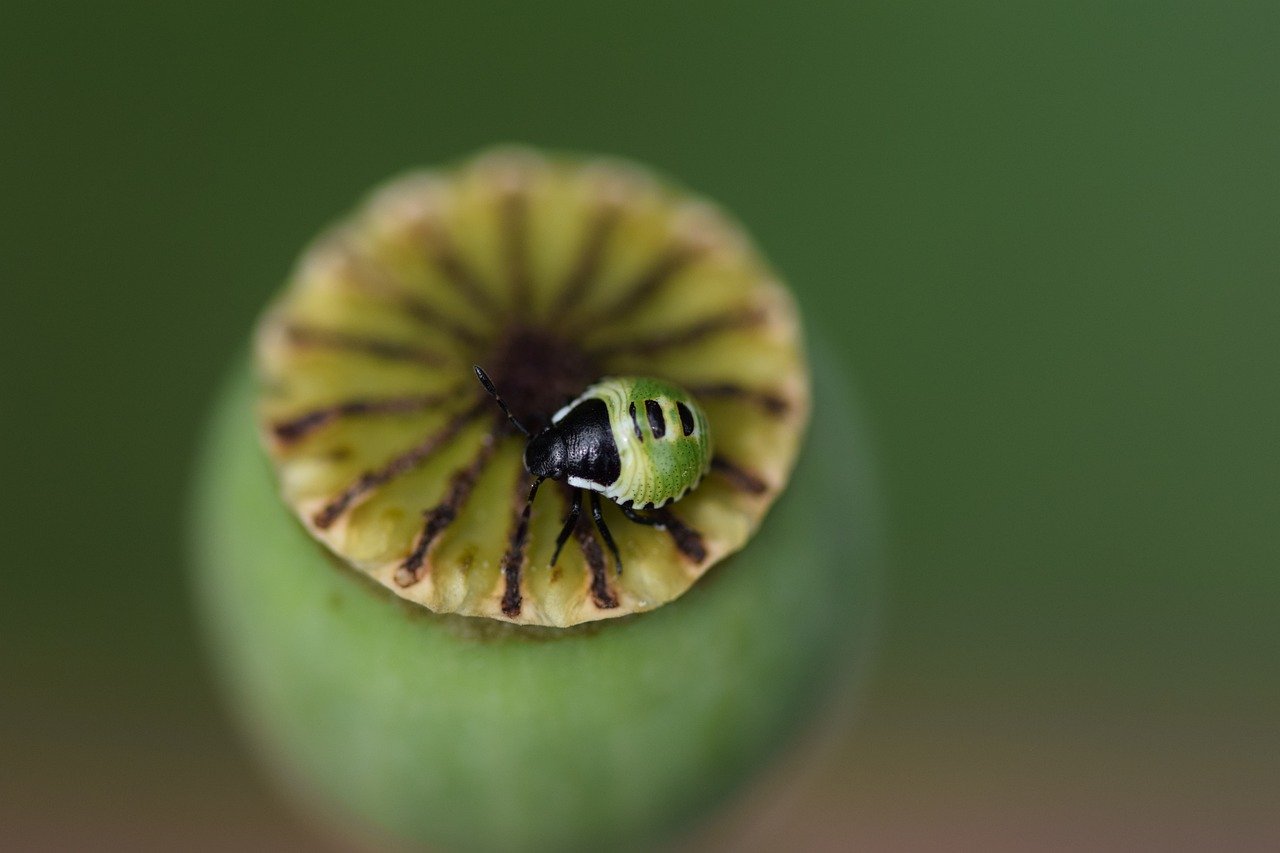
Crafting Historical Artifacts
Creating historical artifacts is not just about assembling items; it’s about weaving stories that connect children to their past and present. Imagine your kids diving into their own history, crafting pieces that represent their personal experiences or their community's rich tapestry. This hands-on approach to history makes learning not only engaging but also deeply personal. So, how can you encourage your little ones to channel their inner historians? Here are some creative ideas to get started!
First, think about what historical artifacts mean to your family or community. Perhaps it’s a drawing of your hometown’s iconic landmark, a small model of a significant event, or even a simple craft that represents an important family tradition. The beauty of crafting historical artifacts is that it allows children to express their understanding of history in a way that feels relevant to them. For instance, if your child loves sports, they could create a mini scrapbook featuring their favorite team’s achievements and memorabilia.
Another exciting idea is to encourage kids to make items that reflect their current lives but with a historical twist. They can create time-themed journals where they document daily events, thoughts, and feelings as if they were living in a different era. These journals can include sketches, newspaper clippings, or even photographs that represent their thoughts on the world around them. By doing this, they are not just creating artifacts; they are also leaving behind a piece of their own history for future generations to discover.
To facilitate this crafting adventure, gather some basic supplies that can help bring their ideas to life. Here’s a quick list of materials that can spark creativity:
- Old newspapers and magazines
- Craft paper and markers
- Glue and scissors
- Recyclable materials (like cardboard boxes, bottle caps, etc.)
- Fabric scraps for textile crafts
Once you have the materials ready, set aside a crafting day where everyone can participate. This can turn into a delightful family tradition where stories are shared, and memories are created together. As they craft, encourage them to think critically about why they chose specific items and what those items represent. This reflective process not only enhances their understanding of history but also builds their storytelling skills.
Finally, consider documenting the crafting process itself. Take photos or videos of the kids as they work on their projects, and write down their thoughts about what they’re creating. This documentation can be an artifact in itself, capturing the essence of their creative journey. When the time capsule is eventually opened, these memories will provide a window into their childhood, making the experience even more special.
Q: What types of historical artifacts can my kids create?
A: Kids can create a variety of artifacts such as drawings, journals, models, or even digital presentations that represent their personal or community history.
Q: How can I encourage my kids to think critically about their creations?
A: Ask open-ended questions about why they chose certain items and what significance these items hold for them. This will help them reflect on the meaning behind their crafts.
Q: Should we include a written explanation for the artifacts?
A: Yes! Including a brief description or story behind each artifact can enhance its value and provide context for future discoverers.
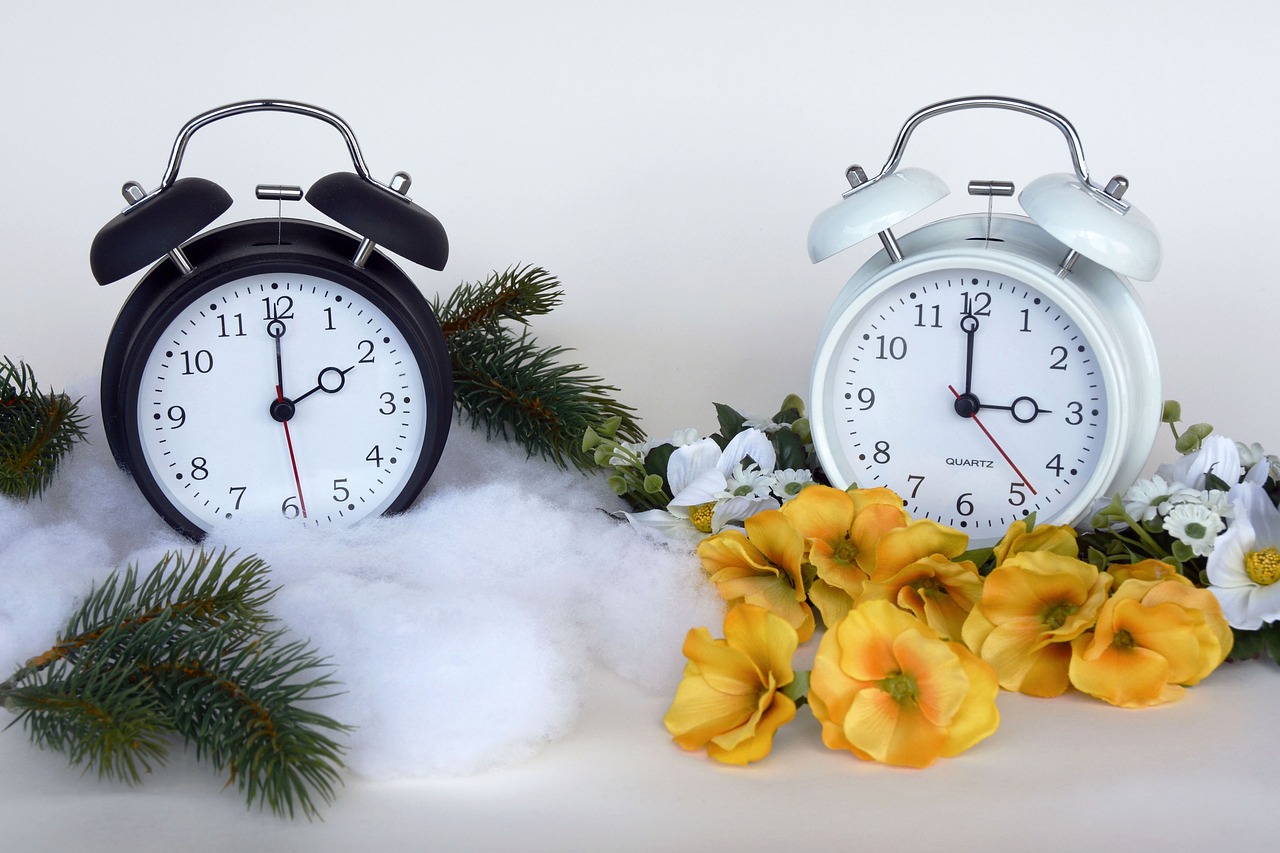
Writing Letters to the Future
Writing letters to the future is one of the most exciting aspects of creating a DIY time capsule. Imagine your child sitting down with a blank piece of paper, their thoughts and dreams flowing onto the page, creating a snapshot of their current self. This process not only allows kids to express their feelings but also serves as a bridge to their future selves. It's a moment of reflection that can spark curiosity and inspire them to think about who they will become.
When encouraging kids to write their letters, it’s important to create a comfortable and inspiring environment. Set the mood with some soft music, a cozy nook, or even some fun craft supplies that can help them decorate their letters. You might ask them questions to get the creative juices flowing, such as:
- What is your favorite memory from this year?
- What are your hopes and dreams for the future?
- If you could tell your future self one thing, what would it be?
These questions can help children articulate their thoughts and feelings. Encourage them to be honest and open in their writing. After all, this letter is a personal time capsule of their current mindset, beliefs, and aspirations. They can include details about their daily life, their favorite activities, and even their thoughts on world events. This not only makes the letter more meaningful but also provides a rich context for future readers.
Additionally, it might be fun to include some predictions about the future. Kids can speculate on what they think the world will look like in 10, 20, or even 50 years. Will there be flying cars? Will they have robots as friends? These imaginative elements can make the letter even more engaging and entertaining to read when the time capsule is opened.
After they finish writing, encourage them to decorate their letters. They can use stickers, drawings, or even photographs to personalize the experience. This creative touch not only makes the letter visually appealing but also adds a layer of sentimentality to the time capsule. It becomes a piece of art that captures a moment in time.
Finally, remind kids that their letters should be sealed in an envelope, and they can even write their names and the date on it. This small act adds a sense of formality and importance to the letter. When the time capsule is eventually opened, those letters will serve as a beautiful reminder of their childhood selves—full of dreams, hopes, and the innocence of youth.
- What age is appropriate for kids to write letters to the future? Generally, children aged 7 and up can articulate their thoughts and feelings well enough to write meaningful letters.
- How can I help my child if they struggle with writing? Encourage them to dictate their thoughts to you, or suggest they draw pictures to express their feelings instead.
- What should we do with the letters once they're written? Seal them in an envelope and place them in the time capsule along with other items. Make sure to note the date when the capsule will be opened!
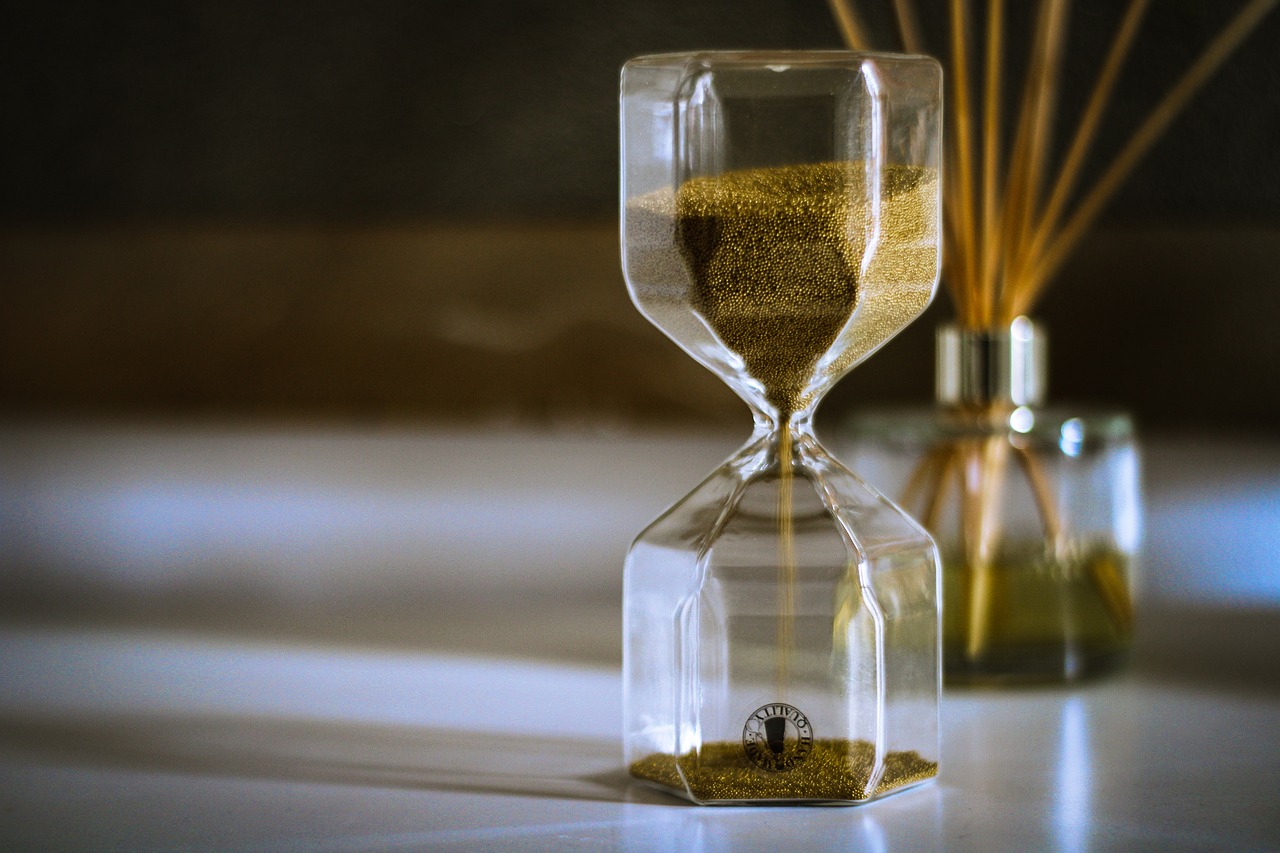
Reflecting on Current Events
When it comes to crafting letters for a time capsule, one of the most enriching aspects is the opportunity for kids to reflect on the current events that shape their world. It's like giving them a time-traveling pen, allowing them to capture the essence of their era and their thoughts about it. Imagine how fascinating it will be for them, or even their future generations, to read about the things that mattered most during their childhood. But how do we guide our young ones to think critically about the world around them?
Start by encouraging them to consider the significant events happening in their lives and the broader world. Questions like, "What news story has impacted you the most this year?" or "How do you feel about the changes in our community?" can spark meaningful conversations. These discussions not only help kids articulate their feelings but also teach them to appreciate the historical context of their experiences.
To make the process engaging, you might introduce a few current events that are age-appropriate and relatable. This could include:
- Local community projects or changes
- Major sporting events or achievements
- Environmental issues that are being discussed
- Technological advancements that excite them
- Global events that have been in the news
As they reflect on these topics, encourage them to write not just about the facts, but also about their feelings and opinions. This personal touch transforms their letters into heartfelt artifacts that capture their unique perspectives. Remind them that these reflections are not just for the future readers but also a way for them to understand their own growth and development over time.
Incorporating current events into their letters can also help children connect with their peers. They can discuss their thoughts with friends or family, further enriching their understanding and providing different viewpoints. It’s a wonderful opportunity for them to engage in discussions about social issues, cultural changes, and even simple joys that define their childhood.
Finally, don't forget to remind them to date their letters. This simple act not only marks the time of their writing but also serves as a reminder of the events they chose to highlight. When the time capsule is opened, those letters will serve as a window into the past, showcasing not just what happened, but how it felt to live through those moments. It’s a beautiful way to preserve history, one personal story at a time.
Q: What is a time capsule?
A: A time capsule is a container that holds items, letters, and artifacts from a specific time period, meant to be opened in the future to provide insight into that era.
Q: How do I choose what to include in the time capsule?
A: Include items that are meaningful to you and reflect your current experiences, such as letters, photographs, drawings, and small memorabilia.
Q: How long should I wait before opening a time capsule?
A: The waiting period can vary; however, many people choose to wait 5, 10, or even 20 years to open their time capsules, depending on personal preference.
Q: Can I include digital items in a time capsule?
A: Yes! You can include USB drives or CDs with digital content, but make sure to also include a note explaining how to access the files in the future.
Q: What materials are best for making a time capsule?
A: Look for durable and weather-resistant materials, such as metal, glass, or sturdy plastic, to ensure your time capsule withstands the test of time.

Setting a Date for Opening
Deciding when to open your DIY time capsule can be one of the most thrilling parts of the entire project. It's like planning a surprise party for your future self! The anticipation of uncovering memories, artifacts, and messages from the past can create a sense of excitement that lasts for years. So, how do you choose the perfect date? Here are some ideas to consider:
First, think about significant milestones in your family's life. Maybe you want to open the capsule on a special birthday, such as a 16th or 18th birthday, which often holds a lot of meaning for teenagers. Alternatively, consider anniversaries, like a wedding anniversary or the anniversary of a family event, which can add a sentimental touch to the occasion. The moment you decide on a date, you can mark it on your calendar and create a countdown—a fun way to build excitement!
Another approach is to select a date that aligns with historical events or holidays. For instance, you might choose New Year's Day to reflect on the past year and set intentions for the future. Or, you could pick a national holiday that resonates with your family, such as Independence Day or Thanksgiving, to celebrate not just your family’s history but also your nation’s. These dates can serve as a reminder of what was happening in the world when the capsule was sealed, making the opening even more meaningful.
To help you visualize your options, here's a simple table that outlines some ideal dates for opening your time capsule:
| Date | Significance |
|---|---|
| 16th Birthday | Coming of age celebration |
| 18th Birthday | Transition to adulthood |
| New Year's Day | Reflection and resolutions |
| Family Anniversary | Celebration of family milestones |
| Thanksgiving | Gratitude and togetherness |
Finally, don’t forget to involve your kids in the decision-making process! Ask them what dates they think would be exciting and meaningful. This not only makes them feel included but also helps them understand the concept of time and history in a fun way. Remember, this time capsule is a treasure trove of memories, so the date you choose to open it should be something that everyone looks forward to with great enthusiasm!
Frequently Asked Questions
- What is a time capsule?
A time capsule is a container filled with items that represent a specific time period, meant to be opened in the future. It's like a treasure chest of memories, preserving the essence of the present for future generations to discover!
- Why should kids make a time capsule?
Creating a time capsule is a fantastic way for kids to connect with history and their own experiences. It helps them reflect on their lives, understand their place in the world, and learn about the importance of preserving memories.
- What materials do I need to create a time capsule?
You'll need a sturdy container, such as a metal box or a plastic bin, along with various items to include, like letters, photographs, drawings, and small mementos that represent current events or personal milestones.
- How do I choose the right container?
When selecting a container, consider durability and weather resistance. You want something that can withstand the test of time and protect its contents from environmental factors. Size matters too—make sure it’s big enough for all the treasures you plan to include!
- What should kids write in their letters to the future?
Encourage kids to express their thoughts, dreams, and feelings in their letters. They can reflect on their current lives, what they hope for the future, and share insights about the world around them. It's a great way to inspire introspection!
- How do I decide when to open the time capsule?
Choosing a meaningful date to open the time capsule can be exciting! Consider milestones like a significant birthday, an anniversary, or even a historical event. This anticipation adds an extra layer of fun and curiosity for the future!
- Can I include digital items in a time capsule?
Absolutely! While traditional items like letters and photos are great, you can also include USB drives, CDs, or even QR codes linking to digital memories. Just make sure to include instructions for future finders on how to access them!
- How can I ensure the items last over time?
To help your items last, use acid-free materials for photos and letters, and avoid including anything that can decay or degrade. Store the capsule in a cool, dry place, and consider sealing it tightly to protect against moisture and pests.



















